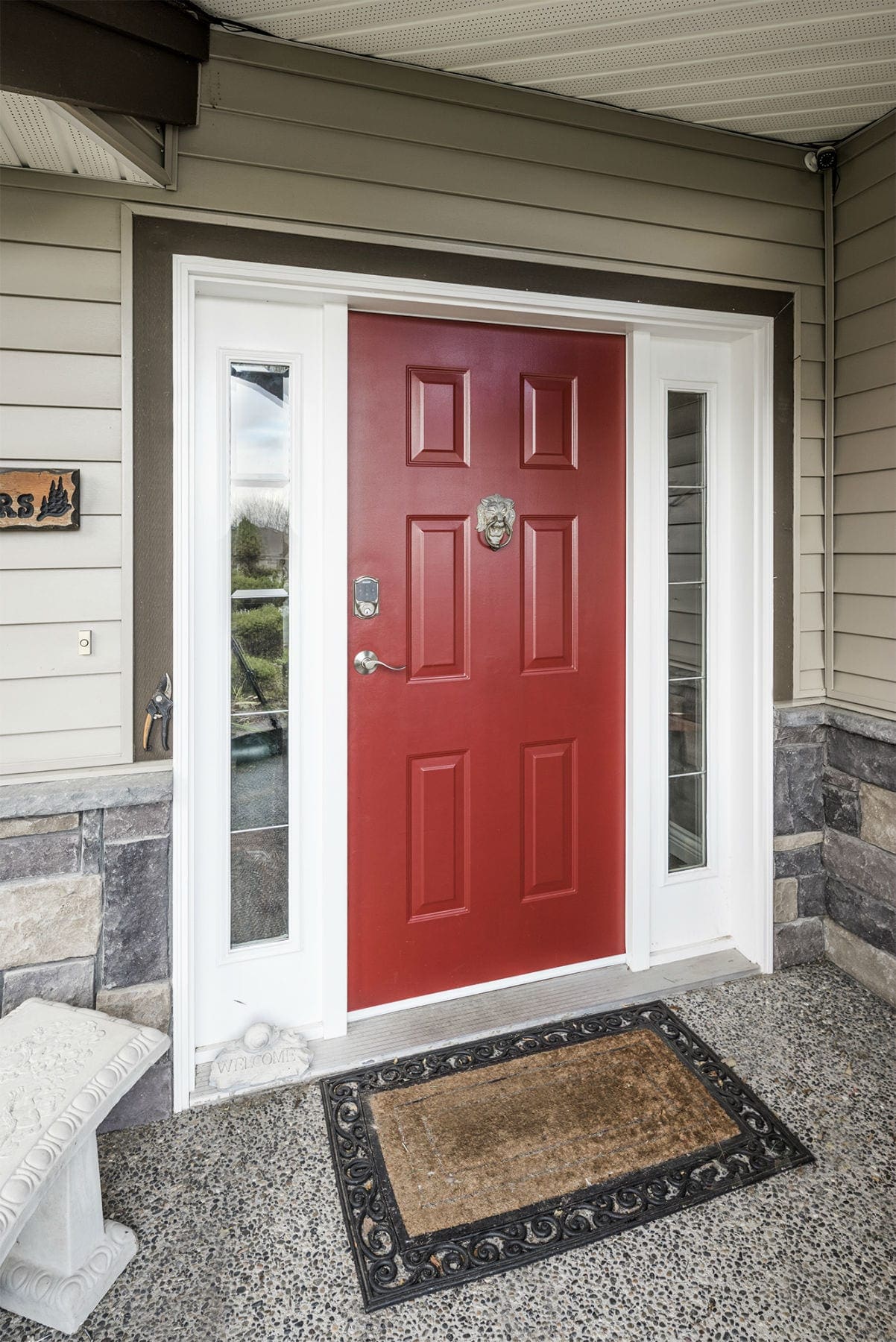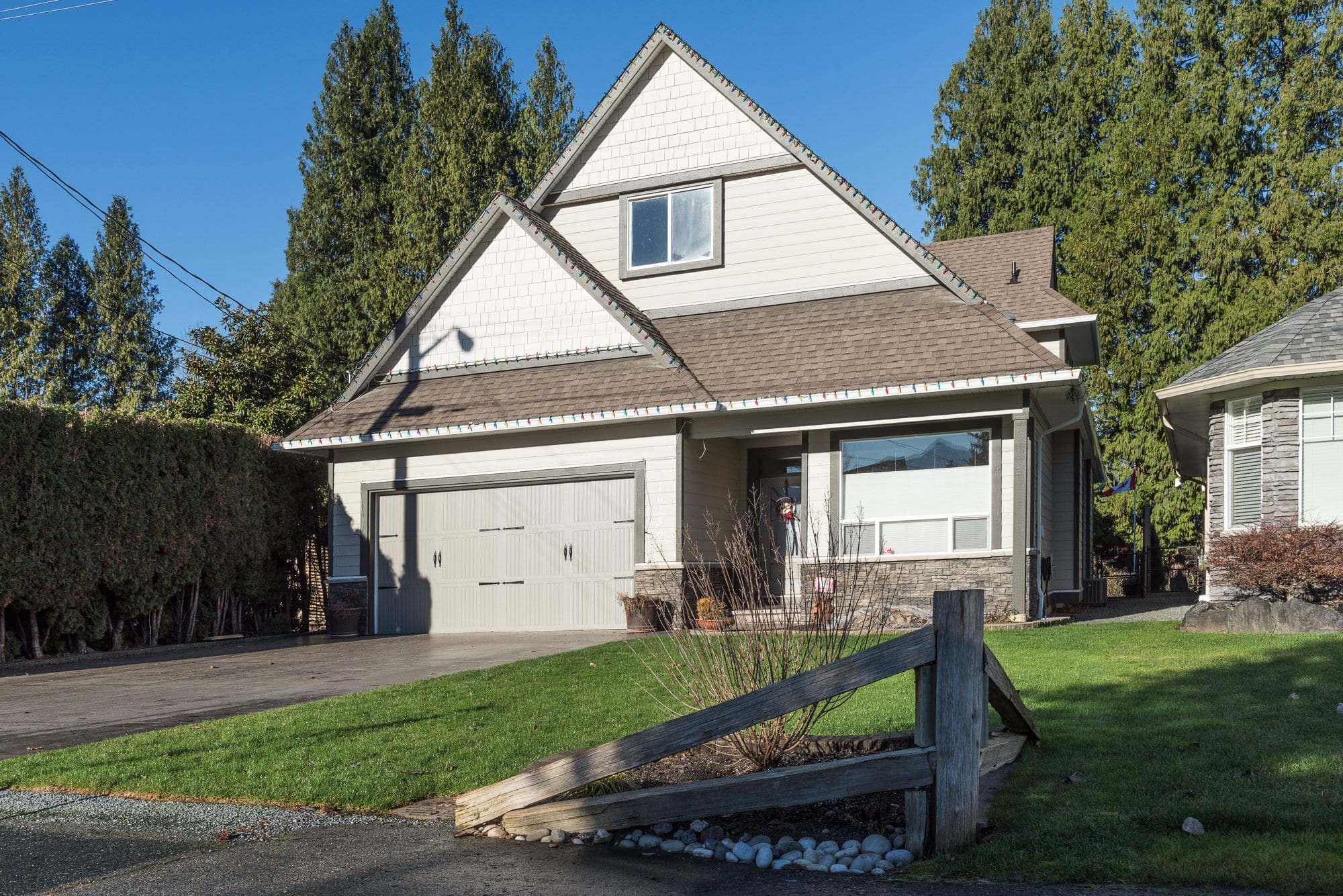In the world of real estate, first impressions matter. The exterior of your house is the first thing potential buyers see when they drive up, and its appearance can significantly impact the perceived value of your property.
This makes choosing the right exterior paint colour for your home a critical task requiring careful consideration. This article delves into how your choice of exterior paint colour can elevate your home’s curb appeal and boost its market value.
The Impact of Color on Home Value
According to Zillow’s 2018 Paint Color Analysis, homes with specific exterior paint colours tend to sell for more than expected. For instance, houses painted in “greige,” a mix of light gray and beige, sold for $3,496 more on average than similar homes painted in a medium brown or with tan stucco. Similarly, homes with a navy blue or dark gray front door also sold for more than expected.
This trend isn’t surprising, as exterior paint colour is a significant factor in a property’s curb appeal. A well-chosen paint colour can highlight your home’s architectural details, downplay its shortcomings, and make it stand out in the neighbourhood – all of which can enhance its value.

Key Considerations When Choosing Exterior Paint Colors
Selecting the right colour for your home’s exterior is more than personal preference. Here are a few factors to consider:
- Architectural Style and Era: Your home’s architectural style should guide your colour choice. For example, a Victorian-style home might look best in bold colours, while a Colonial might suit neutral tones. Researching typical colour schemes of your home’s era can provide inspiration and direction.
- The Neighborhood Palette: Consider the colour palette of your neighbourhood. While you want your home to stand out, it should blend harmoniously with its surroundings.
- Visual Effect: Light colours can make your home appear larger and stand out, while dark colours can make it seem minor but more substantial. Bright colours can draw attention to details, while neutrals can help disguise flaws.
- Climate: In warmer climates, lighter colours help reflect heat. In comparison, darker colours can benefit colder climates as they absorb heat.

Tips for Boosting Curb Appeal with Exterior Paint
Now that we’ve established how important the right colour choice can be, here are a few tips to increase your home’s curb appeal and, consequently, its value:
- Use Contrast and Complement: Use contrasting colours to accentuate architectural details and complementary colours to blend certain aspects.
- Highlight the Front Door: Make your front door the focal point by painting it a colour contrasting with the exterior. This draws the eye and creates a welcoming feel.
- Consider the Roof: Your roof colour is another factor in your colour scheme. Ensure your chosen paint colour complements your roof.
- Try Before You Buy: Use paint samples on different areas of your home and observe how they look at other times of the day and in varying weather conditions before deciding.
- Consult a Professional: Professionals can help you navigate the complexities of colour theory and make recommendations based on your home’s architecture, style, and surroundings.
In conclusion, the exterior paint colour of your home plays a significant role in its curb appeal and can impact its value. By considering the factors mentioned and making thoughtful colour choices, you can enhance the beauty of your home and boost its market worth.

FAQ's
What are the best exterior paint colours to increase my home’s curb appeal?
Answer: The best exterior paint colours to enhance your home’s curb appeal depend on several factors, like your home’s architecture, landscape, and the general colour scheme of your neighbourhood.
However, neutral colours like white, beige, and gray are universally appealing. For a bolder look, consider navy, forest green, or red, but always ensure the colours harmonize with the surrounding elements.
How can I ensure the exterior paint colour matches the style and period of my home?
Answer: Researching homes from the same architectural style and period can provide colour inspiration. Some paint manufacturers also offer historically accurate colour palettes that can be helpful guides.
Consulting with a professional painter or a designer can also be beneficial.
How can I test exterior paint colours before making a final decision?
Answer: Most paint retailers offer small sample cans of their colours. Purchase a few of these and paint a small section of your home’s exterior. Observe how the colour looks at different times of day and under other weather conditions.
Some paint companies also offer virtual painting tools on their websites, allowing you to upload photos of your home and experiment with different colours.
When choosing an exterior paint colour, how should I consider my home’s landscape?
Answer: Your home’s landscape is crucial in selecting exterior paint colours. Earth tones can harmonize well with the environment for homes surrounded by lots of greenery.
For a house by the sea, shades of blue or gray may echo the water, while a desert setting might inspire a palette of warm reds, oranges, or pinks.
What exterior paint colours can make my small house look larger?
Answer: Light colours can make your house appear more prominent, reflecting more light and having a “receding” effect. White, off-white, light gray, or beige are excellent choices.
However, contrasting colours for the trim and architectural details can also give your house a more prominent, distinctive look.

